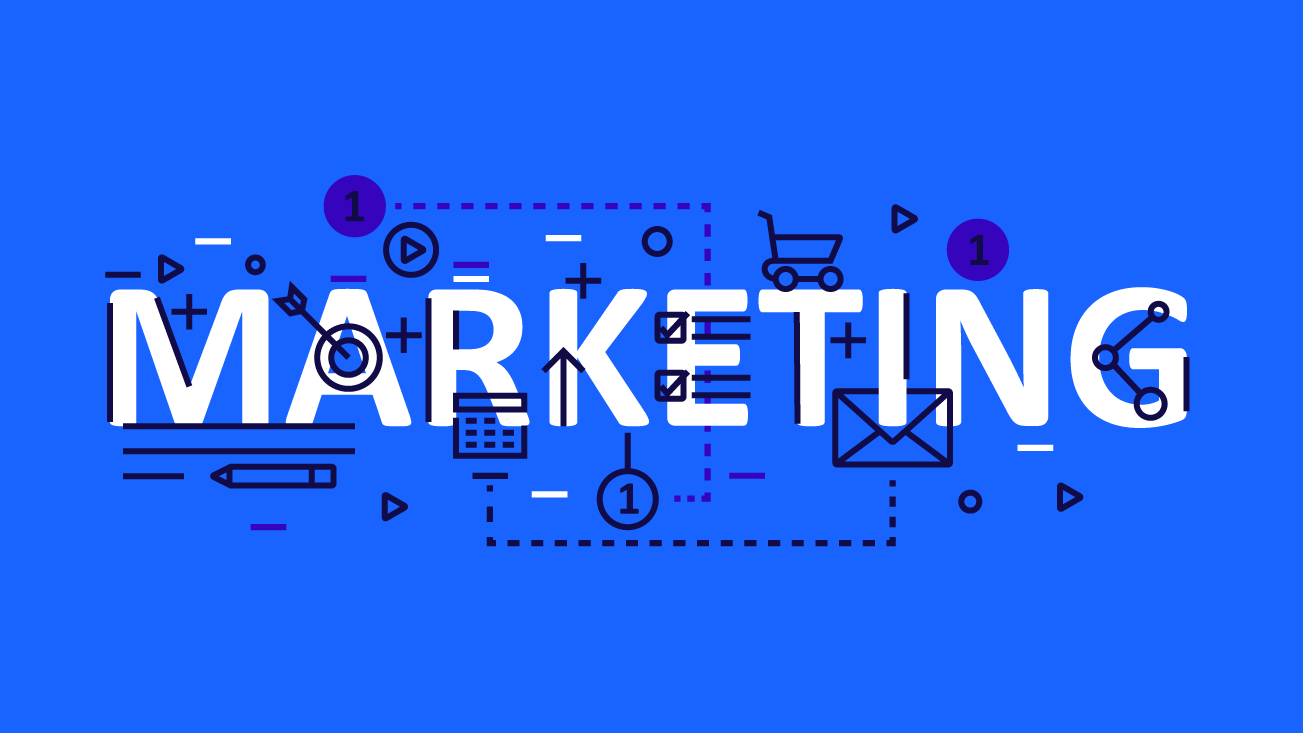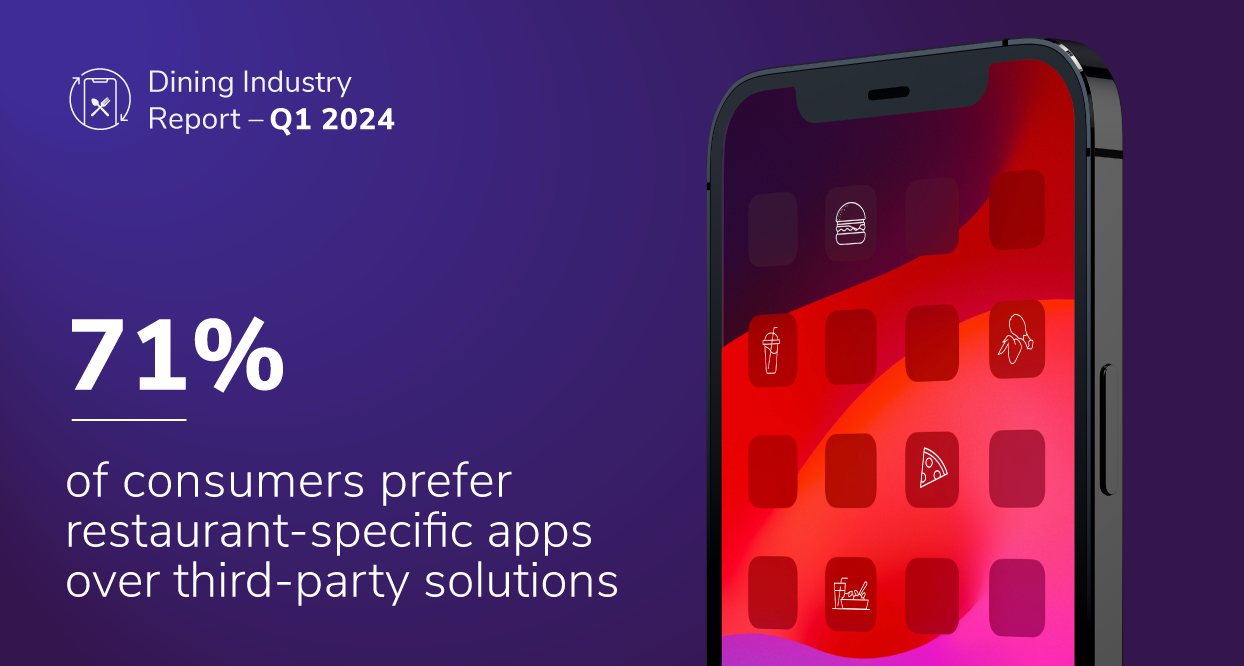Marketing Campaign Platform Evaluation: Four Steps to Success

Campaign Management Platforms go by many names these days depending on their depth and breadth of functionality. We hear them referred to as Enterprise Marketing Solutions, Marketing Management Platforms, Omni-Channel Orchestration Tools, Cross-Channel Campaign Management Platforms and Marketing Automation Tools, to name a few. Regardless of what they are called, they all help to execute and manage Enterprise Marketing Campaigns in various capacities, and each comes with its own pros, cons, nuances, and limitations.
Tools in this space are evolving to address growing consumer demand for relevant and personalized customer experiences. You may find your current tool no longer fits the enterprise marketing needs of your organization. If your current tool just isn’t cutting it anymore, it’s important to be able to articulate your true marketing needs and platform requirements before beginning a search for a new tool.
Here are 4 steps to take first:
- Step 1: Inventory Your Campaigns
- Step 2: Inventory Your Data Sources
- Step 3: Inventory Other Platforms and Outbound Communications
- Step 4: Document Current Challenges
Let’s look at the detailed actions needed for each of these steps:
Step 1: Inventory Your Campaigns
Take an inventory of all the campaigns currently being deployed from your legacy systems. This will provide the number and complexity of campaigns you intend to migrate to a new platform, as well as provide a view of the high-level requirements you’ll need to support across touchpoints – from creative requirements to system and data integrations.
The format we follow at Bounteous captures the following:
- Campaign Name
- How the campaign is referred to internally
- Campaign Description
- Brief description of what the campaign is or aims to accomplish
- Campaign Type
- How the campaign is categorized
- Examples: welcome, transactional, promotion, newsletter, lapsed/winback
- Deployment Channel
- How the campaign is delivered
- Examples: email, SMS, mobile push, direct mail
- Deployment Frequency
- How frequently the campaign is executed and deployed
- Examples: real-time, daily, weekly, monthly
- Send Volume
- Average send counts each time the campaign deploys
- High-Level Business Rules
- High-level inclusion or exclusion criteria and other business-specific constraints like time-of-day deployment
- Dynamic Content
- Details around the content versions deployed and the data driving the versioning
- Personalization
- Data fields merged into the content of the touchpoint
Once this list is built, you should then work with internal teams to review the full campaign inventory and decide whether each campaign will be migrated to the new tool using a “Keep, Kill, Refresh” methodology:
- Keep the campaigns that have the highest customer engagement, are doing the most to drive business for your organization, or are fundamental transactional messages (e.g. order confirmations, sign-up confirmations, forgot password).
- Kill the campaigns that are not driving results or are no longer relevant to your intended customer experience.
- Refresh campaigns that are difficult to manage or execute, are underperforming in meeting your KPIs, or where creative is “tired” and needs to be updated.
Gathering this information in a spreadsheet format helps to provide an “at a glance” view of the campaign requirements to be supported in your new tool, and the “Keep, Kill, Refresh” categorization prevents you from evaluating tools against outdated requirements that are no longer applicable. You can use the same format defined above to brainstorm future-state campaign ideas as well.
Step 2: Inventory Your Data Sources
Once you’ve completed your Campaign Inventory, dive deeper into each of the data elements being used to drive campaign targeting or creative. This will allow you to define the number and complexity of data integrations to be implemented, to guide the types of integrations to be supported, and ultimately pressure-test the data and integration capabilities of the new tools you evaluate.
The format we follow at Bounteous captures the following:
- Subject Area
- The general data category
- Examples: customer profile data, calculated fields/aggregates, store data, product data, order transaction data, deployment channel feedback loops
- Data Needed/Available
- Itemization of all data fields/attributes potentially available for marketing campaign efforts
- Source System Data Source
- Where data originates
- Campaign Tool Data Source
- Where the Campaign Tool will source data from (if different than source system)
- Campaign Tool Update Frequency
- How frequently the data is expected to be updated for use in marketing campaigns
- Example: real-time, hourly, daily
- Use Case
- How the data will be used in support of Marketing Campaigns
- Examples: customer identification, personalization, regional offers, audience targeting/exclusions, CRM analysis
It’s also a good practice during a platform migration to revisit what data is being gathered around the organization. As other departmental needs have changed over time, they may have added additional data capture to their processes that you’re not aware of, but this data could potentially be valuable in driving marketing campaigns or deepening your understanding of the customer.
The data warehouse team is a great place to start for these conversations since they already have a consolidated view of the data flowing into enterprise databases. Consider also meeting with sales, guest relations/customer service, category management/product managers, service/warranty teams, and operations teams. We find these conversations are most productive when you simply ask the stakeholders to pull up sample data extracts, data tables or the UI they use regularly to capture data, then have an open-ended discussion around each data attribute being captured.
Step 3: Inventory Other Platforms and Outbound Communications
As you meet with other department stakeholders to discuss the data mentioned in Step 2 above, explore what platforms other teams are using and identify if/how other roles are speaking to your customers. There may be opportunities to consolidate platforms that offer similar functionality for customer interactions, or at least opportunities to centralize outbound communications that may be deploying from other systems. Doing so offers many potential benefits, such as:
- Greater control over the customer experience.
- Consistent branding across touchpoints.
- Seamless orchestration of omni-channel experiences across the customer lifecycle.
- Fatigue management across touchpoints.
- Engagement metrics to understand exactly when and how customers are engaging with your brand, as well as what content is resonating most with them.
Centralizing touchpoints also mitigates risk of CAN-SPAM, TCPA or CASL violations due to centralized opt management, and with the new GDPR regulations, consolidating data stores will better position your organization to comply with the documentation and data management rules associated with the new legislation.
Some of the questions you can ask other teams include:
- What platforms or tools are you using currently to communicate with customers?
- How are those platforms/tools leveraged for outbound customer communications?
- What outbound deployment channels are you leveraging?
- What content are you sharing with customers?
- How are you obtaining and managing customer consent to communicate with them?
- Are there opportunities to automate some of the outbound communications you’re managing?
With all the benefits to be gained, it’s worth exploring whether any opportunities exist to consolidate touchpoint deployments from a single platform.
Step 4: Document Current Challenges
Lastly, take the time to document your current pain points that you’d like the new Campaign Management Platform to address. We find many of our clients have trouble articulating the reasons they dislike their current platforms. We often hear generic statements like “It doesn’t meet our needs” or “It is difficult to use” or “There is a lot of platform downtime.” When you pressure-test those statements, you begin to understand the specific functionality requirements that are not currently being satisfied and those statements become more specific, for example:
- “I can’t use emojis in subject lines.”
- “I have to manually create 7 static versions of my email to support content in different languages.”
- “I have to manually import my data using 6 steps.”
- “It takes a full 8 hours for data to be imported into the platform.”
- “I cannot control the creative version my seed list receives.”
- “I can only see aggregated campaign results, but I want to drill down to individual customer segments.”
These are the items that can become very specific requirements that you’re looking for a new tool to support. To get ahead of the campaign tool vetting process, think through your biggest pain points and document a wish list of specific features and functionality you need in the new platform.
Here are some key questions to ask:
- What challenges do I have with data availability or data quality within the platform?
- What challenges do I have with touchpoint creative within the platform?
- What data or assets am I pulling from other systems that could potentially be integrated?
- What have other departments or team members asked of me that I couldn’t deliver?
- What tasks are taking most of my time in the tool?
- What tasks are manual that I would like to automate?
- What processes could be templatized in order to gain efficiencies?
Once you have your list of pain points and challenges, evaluate the opportunity costs and level of effort required by each in order to prioritize which items are the most important for the new tool to address. The higher the opportunity cost or level of effort, the more important the item is to address in the core functionality of a new platform.
Conclusion
A thoughtful approach to campaign platform evaluation begins by assembling inventories of your campaigns, data sources and related communication platforms. Documenting challenges with your current tools, data, and processes will also help define the capabilities needed in a new campaign platform and will guide you toward the best fit for your organization.
Organizations following these steps will benefit from a new, holistic understanding of how their brand is communicating with their customers, and you’ll begin garnering the stakeholder support needed around your organization to successfully complete a new platform implementation.


